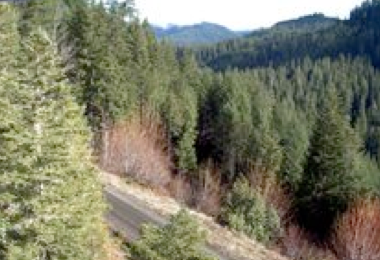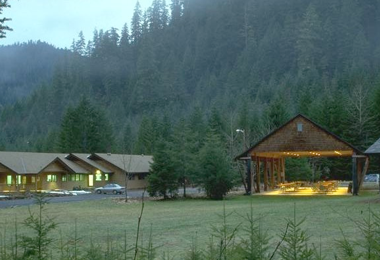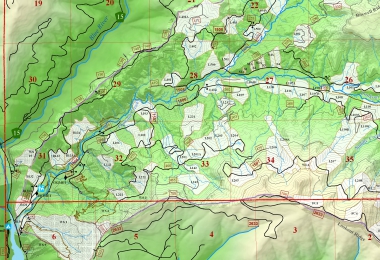Andrews Forest Program
/sites/default/files/acx_084.png
The Andrews Forest Program at the H.J. Andrews Experimental Forest is administered cooperatively by the USDA Forest Service's Pacific Northwest Research Station, Oregon State University, and the Willamette National Forest. Funding comes from the National Science Foundation, Pacific Northwest Research Station, Oregon State University and the College of Forestry, charitable support, and other sources. The Andrews Forest LTER program is one of 28 major ecosystem research sites funded through NSF's Long-Term Ecological Research Program and one of 84 USDA Experimental Forests and Ranges.
Long-Term Ecological Research
Our mission is to support research on forests, streams, and watersheds, and to foster strong collaboration among ecosystem science, education, natural resource management, and the humanities.
Research Highlights
News
December 20, 2025
Multiple debris flows occured at the HJ Andrews Experimental Forest this week, following heavy rains. On-site staff noted a few debris flows that had deposited trees and soil over roads. Travel on impacted roadways at the HJA will impossible until early 2026. At this point, headquarters has not been impacted and can be reached. Contact the...
News
April 15, 2025
A long-term study of salamanders in the H.J. Andrews Experimental Forest show steep population decline after recent forest fires. Long-term data put population fluxes into a broader context and allow researchers to understand the impact of the recent wildfires as compared to prior disturbances such as floods. The study is highlighted in...
News
April 09, 2025
Research Experiences for Undergraduates: The Effects of Forest Structure on Soil Hydraulics
June 23 - August 29, 2025
Participate in cutting-edge research in ecohydrology!
10-week internship includes:
Field work and data collection at H.J. Andrews Experimental Forest
Laboratory analysis at OSU
One-on-one mentoring in...
By the Numbers
Quick links
Learn more about the HJ Andrews Experimental Forest by clicking on a couple short cuts to content we think you will be interested in exploring. Enjoy!




